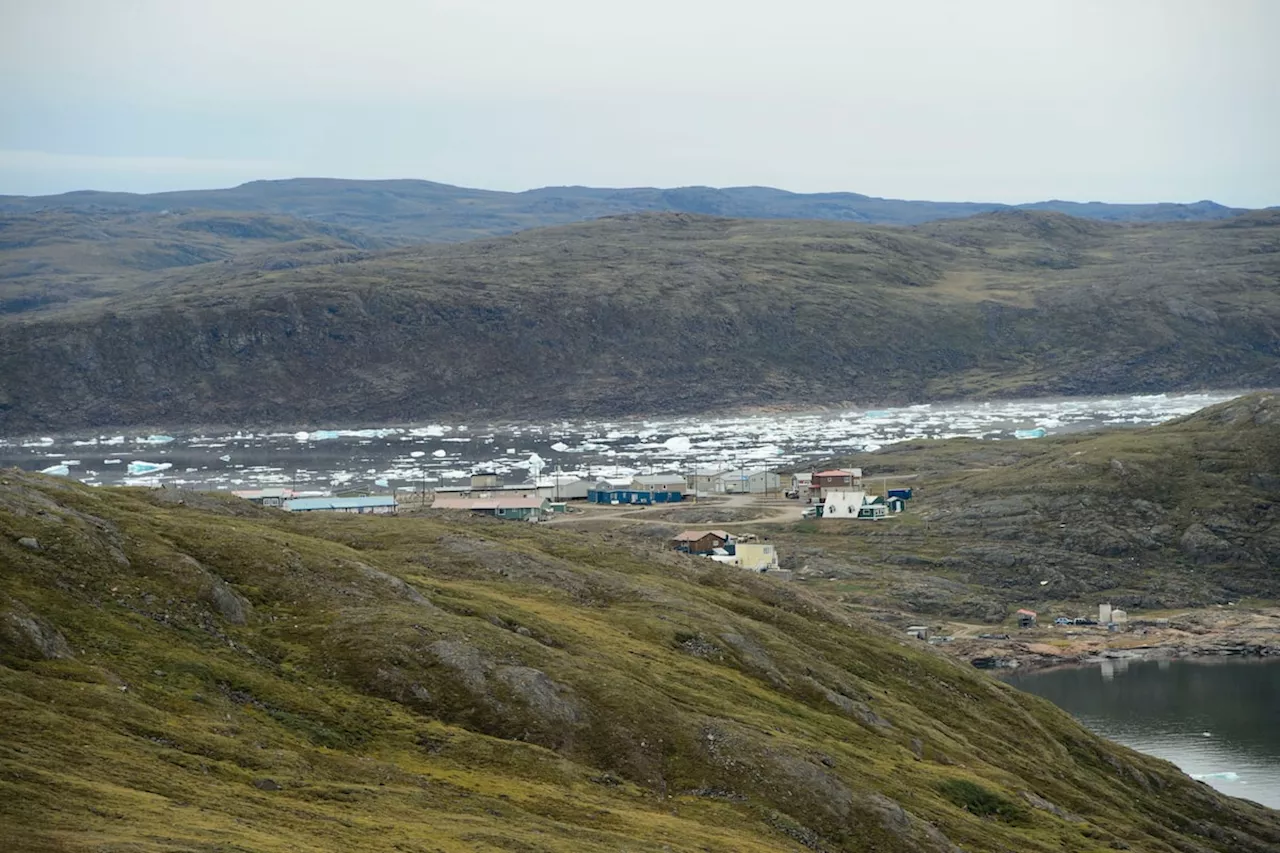A new study published in Nature Climate Change reveals a concerning shift in the Arctic tundra's carbon balance. Regions are now releasing more greenhouse gases than they absorb, primarily due to thawing permafrost. This finding has significant implications for global climate change.
A new study published in the academic journal Nature Climate Change suggests that regions of the Arctic tundra are now releasing more planet-warming gases than they absorb, reversing a trend that has lasted for millennia. This 'noteworthy shift in carbon dynamics' is primarily attributed to thawing permafrost, a permanently frozen layer of soil covering nearly half of Canada's landmass and remaining below zero Celsius for hundreds of thousands of years in some areas.
As permafrost thaws, long-dead plant matter begins to decompose, releasing carbon dioxide (CO2) and methane, potent greenhouse gases, back into the atmosphere. This creates a positive feedback loop, further contributing to global warming. The study reveals that while the region encompassing the boreal forest and the Arctic increased its capacity to store carbon in plants and soils between 2001 and 2020, approximately one-third of this region has become a net source of carbon dioxide due to permafrost thawing and soil drying. When factoring in emissions from wildfires, researchers suggest that the Arctic-boreal zone, as a whole, no longer absorbs a statistically significant amount of carbon emissions. Of the regions releasing more carbon than they absorb, the study estimates that about 20 percent are located in Canada. Sue Natali, one of the study's authors, emphasizes the significance of its pan-Arctic approach, combining satellite and field observations from an international team to produce comprehensive results. Natali, a senior scientist at the Woodwell Climate Research Center in Massachusetts, stresses the urgency of addressing this issue. 'This is not something we can or should ignore,' she says. While scientists anticipated human-caused climate change to thaw permafrost and release CO2, the study's findings demonstrate this change is already occurring. 'To be able to see it over such a large area – to detect it, to monitor it – is quite surprising,' Natali explains. 'And it represents a shift in how this system is functioning.' She further highlights the system's importance for both communities living on permafrost and the global implications of these greenhouse gas emissions. Human-induced climate change has already elevated global temperatures, but this warming is happening several times faster in the Arctic, partly due to melting sea ice. As sea ice melts, darker ocean water absorbs more heat, accelerating further melting and warming the planet. This warming, in turn, contributes to permafrost thawing. A 2021 report by an international group of scientists warned that, based on current emission trajectories, thawing permafrost could release emissions by the end of the century comparable to those of major greenhouse-gas emitting nations like the United States and China. However, these emissions are often overlooked, according to Natali. She suggests that this lack of accounting could lead countries to underestimate the urgency of reducing their direct emissions, such as those from fossil fuel combustion, to meet warming targets and mitigate the most severe impacts of climate change. 'If you're not doing the math properly...and you're ignoring permafrost emissions essentially the size of another nation, then you're not going to be able to stay well below two degrees Celsius or 1.5 degrees Celsius,' Natali emphasizes
PERMAFROST CLIMATE CHANGE ARCTIC GREENHOUSE GASES CARBON EMISSIONS
Canada Latest News, Canada Headlines
Similar News:You can also read news stories similar to this one that we have collected from other news sources.
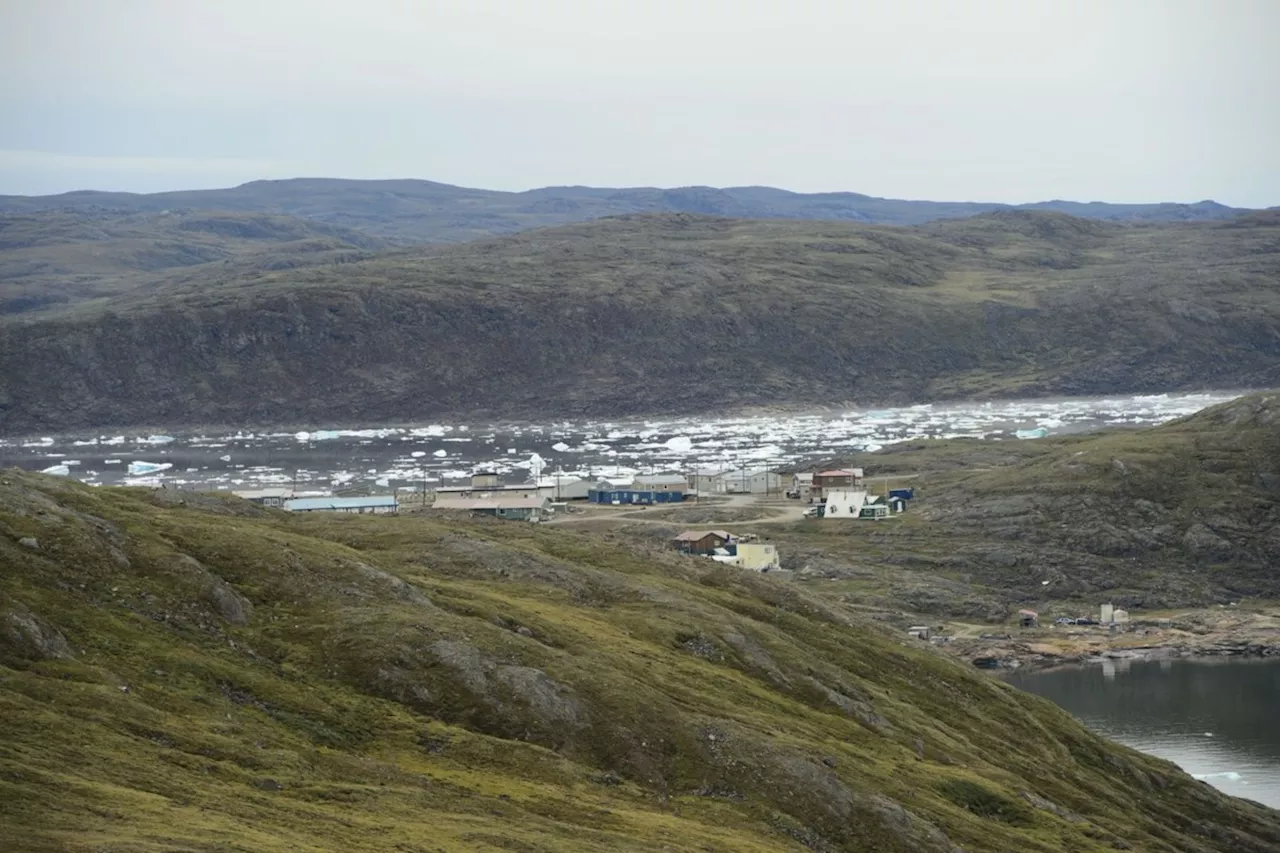 Arctic Tundra Shifts to Carbon Source, Exacerbating Global WarmingA new study reveals that regions of the Arctic tundra are now releasing more planet-warming gases than they absorb, reversing a millennia-old trend. This alarming shift is attributed to thawing permafrost, a phenomenon that releases long-dormant carbon into the atmosphere, amplifying global warming. The study underscores the urgency of addressing climate change and its impact on the Arctic ecosystem.
Arctic Tundra Shifts to Carbon Source, Exacerbating Global WarmingA new study reveals that regions of the Arctic tundra are now releasing more planet-warming gases than they absorb, reversing a millennia-old trend. This alarming shift is attributed to thawing permafrost, a phenomenon that releases long-dormant carbon into the atmosphere, amplifying global warming. The study underscores the urgency of addressing climate change and its impact on the Arctic ecosystem.
Read more »
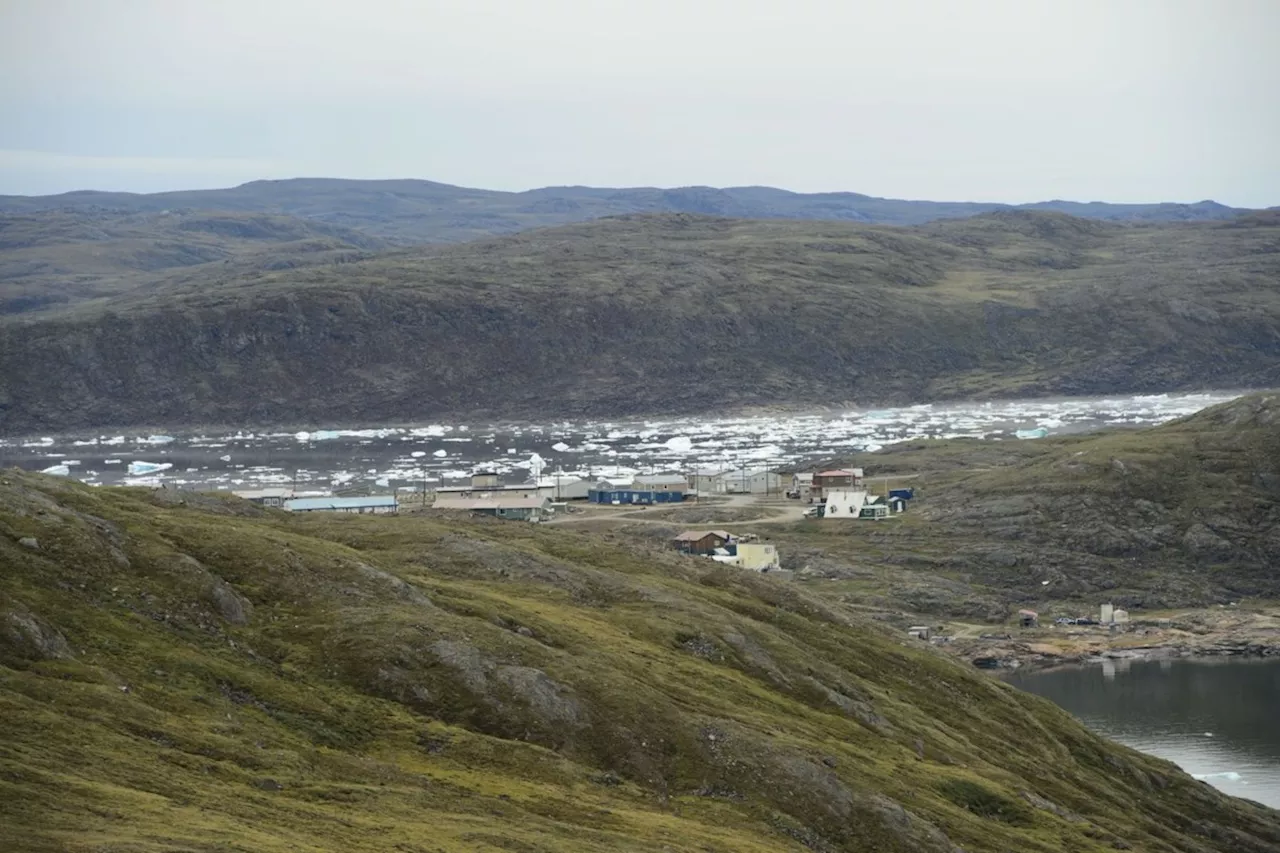 Arctic Tundra Becomes Net Carbon Emitter, Study FindsA new study published in Nature Climate Change reveals that regions of the Arctic tundra are now releasing more planet-warming gases than they absorb, marking a significant shift in carbon dynamics. The study suggests thawing permafrost, frozen ground covering vast areas of Canada and other Arctic regions, is a key driver of this change. As permafrost thaws, long-dead plant matter decomposes, releasing carbon dioxide and methane back into the atmosphere. This positive feedback loop further accelerates global warming.
Arctic Tundra Becomes Net Carbon Emitter, Study FindsA new study published in Nature Climate Change reveals that regions of the Arctic tundra are now releasing more planet-warming gases than they absorb, marking a significant shift in carbon dynamics. The study suggests thawing permafrost, frozen ground covering vast areas of Canada and other Arctic regions, is a key driver of this change. As permafrost thaws, long-dead plant matter decomposes, releasing carbon dioxide and methane back into the atmosphere. This positive feedback loop further accelerates global warming.
Read more »
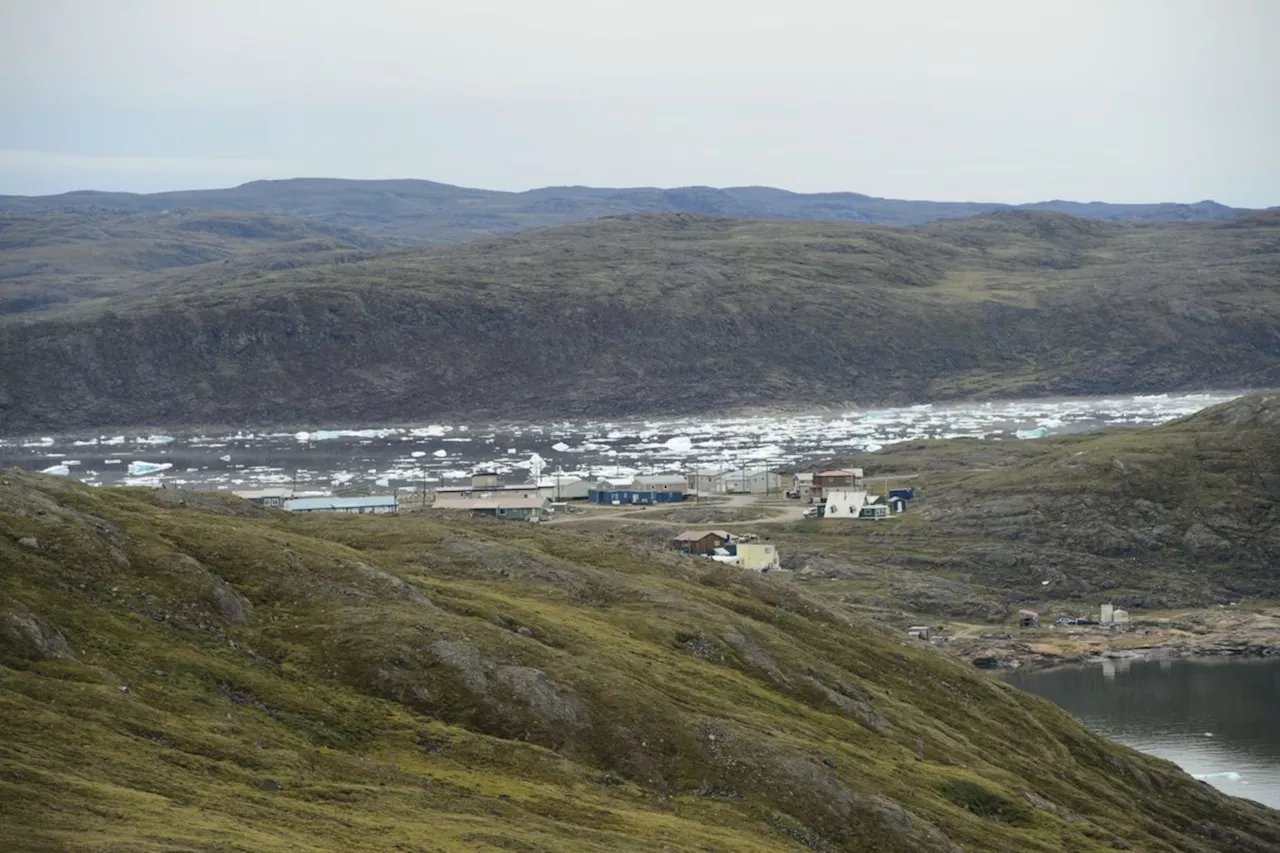 Parts of tundra releasing more carbon than they absorb: studyA new study suggests regions of the Arctic tundra are now releasing more planet-warming gases than they absorb, upending a millennia-old trend.
Parts of tundra releasing more carbon than they absorb: studyA new study suggests regions of the Arctic tundra are now releasing more planet-warming gases than they absorb, upending a millennia-old trend.
Read more »
 Canada carbon rebate goes out today as future of carbon tax remains unclearOTTAWA — The first carbon rebate of 2025 is being paid out today to households in provinces that use the federal carbon pricing system — even as the future of the rebate program itself remains uncertain.
Canada carbon rebate goes out today as future of carbon tax remains unclearOTTAWA — The first carbon rebate of 2025 is being paid out today to households in provinces that use the federal carbon pricing system — even as the future of the rebate program itself remains uncertain.
Read more »
 Canada carbon rebate goes out today as future of carbon tax remains unclearThe first carbon rebate of 2025 is being paid out today to households in provinces that use the federal carbon pricing system — even as the future of the rebate program itself remains uncertain.
Canada carbon rebate goes out today as future of carbon tax remains unclearThe first carbon rebate of 2025 is being paid out today to households in provinces that use the federal carbon pricing system — even as the future of the rebate program itself remains uncertain.
Read more »
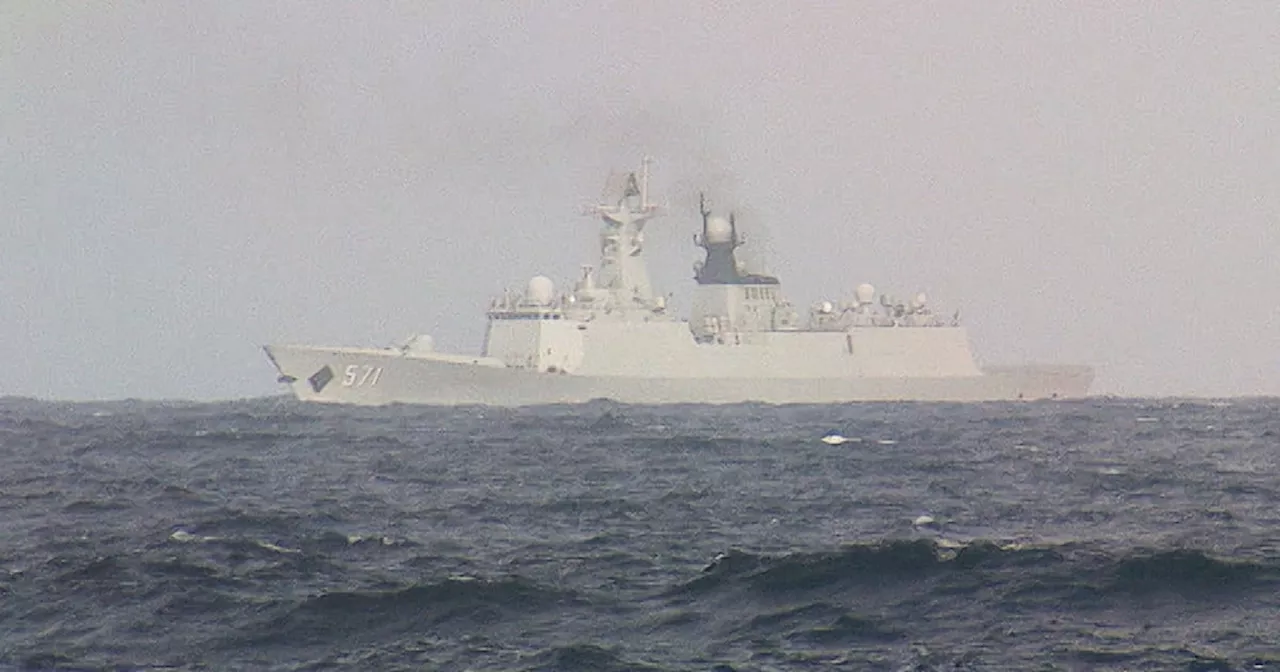 Canada carbon rebate goes out today as future of carbon tax remains unclearCanada's first carbon tax rebate payment of the year is being issued today, but the future of the carbon tax remains uncertain.
Canada carbon rebate goes out today as future of carbon tax remains unclearCanada's first carbon tax rebate payment of the year is being issued today, but the future of the carbon tax remains uncertain.
Read more »
